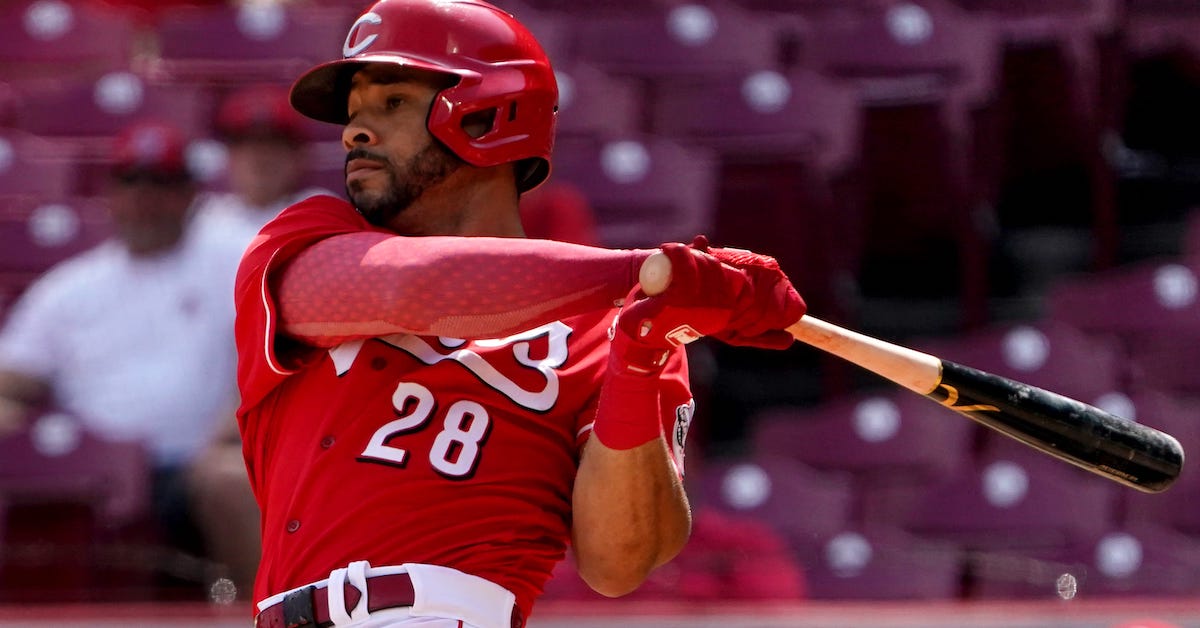The Royals Take a Chance On Luke Weaver

Raise your hand if you’ve thought about Luke Weaver in the past month. Anyone? No? Okay. As luck would have it, he did cross my mind recently. After Luis Castillo got shipped to Seattle, I joked on Twitter that the Merrill Kelly sweepstakes would commence, and a reply led me to compare Weaver to Kelly to Castillo:
Luke 'Merrill "Luis Castillo" Kelly' Weaver
— Justin Choi ?? (@justinochoi) July 30, 2022
Not exactly A-list material, I know. But the point is that Weaver shares similarities, albeit superficial, with the two other pitchers. Castillo and Kelly are both fastball-changeup guys; Weaver is also a fastball-changeup guy. So in sum, the Royals have acquired a bargain bin version of Kelly, who’s a bargain bin version of Castillo, at the modest price of sending infielder Emmanuel Rivera to the Diamondbacks.
Despite promising stuff and command as a prospect, Weaver’s career so far has been marred by inconsistency and poor health. He made his big league debut in 2016, spent most of ‘17 bouncing between Triple-A and the majors, became a permanent fixture of the rotation to open ‘18 before being demoted to the bullpen, and struggled with injuries in ‘19, making only a dozen starts. Nothing occurred health-wise in the shortened ‘20 season, but a right shoulder strain kept him off the mound for a majority of ‘21. He’s been healthy this season, thankfully, with his low innings total explained by the fact that he is now a full-time reliever.
That doesn’t sound all too exciting, but if you look closely enough, there’s still a good amount of potential left in Weaver. He’s quietly remodeled his changeup, and it looks better than ever. The table below shows how the pitch has progressed over the past three seasons:
| Year | Velo (mph) | V mov (in.) | H mov (in.) | Stuff Grade |
|---|---|---|---|---|
| 2020 | 84.7 | 10.6 | 13.4 | 50 |
| 2021 | 85.4 | 10.6 | 12.6 | 45 |
| 2022 | 85.9 | 4.5 | 15.5 | 55 |
The biggest difference: the changeup is getting way more drop than it used to, along with extra arm-side fade. (Here, a lower vertical movement number equals more drop.) Despite a small sample, we can tell this is a genuine development because of the physical properties of the changeup; it’s spinning on a different axis than before and seems to be benefiting from more seam-shifted wake. That explains why stuff models like Cameron Grove’s are appreciative of Weaver’s efforts, viewing the new and improved changeup as a plus offering. He has always been able to command the slow ball; this is the first time he’s backed that up with enhanced movement. Read the rest of this entry »









